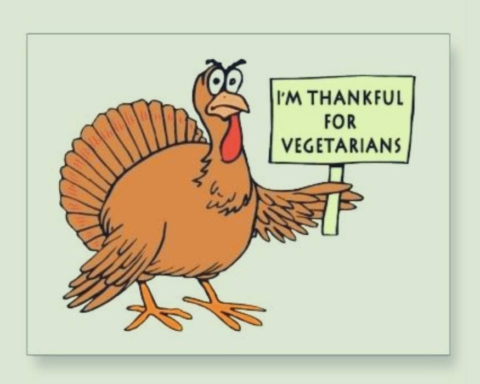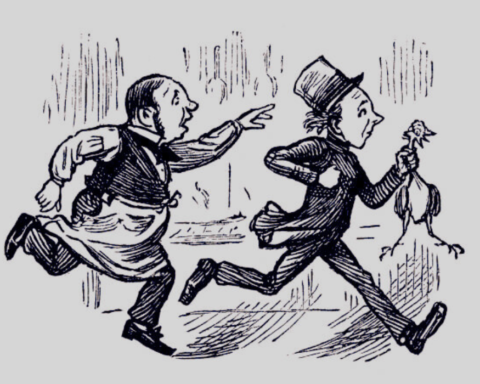The Scott Paper Company presented paper clothing worldwide in 1966. It was a sort of fashion novelty that became a viral hit only for two years. “Dura-Weve,” a cellulose material developed in 1958, was used to produce the garments.
These “Paper Caper” gowns, with their red bandanna or monochrome op-art patterns, ignited a fashion fad. Customers could obtain a dress by sending a voucher and $1.25.
These dresses were inexpensive and disposable, meant to be worn only one or two times. They were perfect platforms for the century’s favored bright, graphical designs.
A massive surge in sales
Despite the fact that the trend was short-lived, it was a magnificent triumph. The Scott paper company sold over half a million paper gowns in the first six months. Other producers rapidly followed suit, and paper clothes were soon ubiquitous.
At the end of 1966, disposable paper clothing sales totaled $3.5 million. Designers of bridal and formal attire were drawn to the unusual trend.
By 1967, paper gowns were selling for around $8 each in large department shops. Businesses like Abraham, Straus and, I. Magnin had opened entire paper fashion showrooms. Mars Hosiery produced 100,000 dresses each week at its peak.
The dress’s potency as a conduit for vivid patterns was also used for political purposes. The Nixon campaign in the US custom-built a unique design in 1968. For female activists to adorn during rallies, the letters N-I-X-O-N in red were interlaced with blue stars.
As the paper dress craze grew in popularity, designers adhered to new methods. They aspired to diversify their products in order to appeal to a wider audience. Children were one of the targeted demographics. Paper clothing’s transitory aspect was excellent for youngsters who grew quickly.
The paper dress was embraced by the fashion industry in the US and the UK. This was a response to the century’s insatiable hunger for ‘the innovative’. Paper gowns were an excellent fit for female customers. With shears and tape, paper gowns could well be modified in minutes.
Other ladies desired an outfit that would endure more than one wear. Paper-fiber gowns were susceptible to ripping and sagging. Companies took advantage of advancements in material innovation to create more durable variants.
The paper dresses had an A-shaped skirt and were created in the form of a shift dress. This style was fundamental to London’s fashionable clothes, worn by numerous 1960s celebrities.

Paper Dress: A pop-culture tool
In the mid-sixties, the buzzword was “pop culture.” Andy Warhol, the pop artist, was turning heads with his Campbell’s soup painting at the time. Throwaway fashion was also affected by commercialism.
Harry Gordon, a graphic artist, intended to use the paper garment as a canvas. His dresses had extremely simple A-line designs and no sleeves and cost 3 dollars.

The gowns were fanciful, and many of them had striking pop art-like designs. Many of them included advertisements and forms for customers to color. They were just a slew of disposable goods that customers were flocking to.
A lot of the paper gowns had big labels on them e.g. Campbell’s soup, candy bars, and soft drinks. It was hip, vibrant, and encapsulated the ethos of consumerism.
The paper garments perfectly reflected the colorful, young, and consumerist atmosphere of 1960s America. The fashion press predicted that paper garments might eventually take over the whole clothing market.
These were stylish and chic, but they were also transient. The dress might be discarded and replaced with something new and improved.
The downward shift of the trend
The prevalence of the paper clothing craze peaked and then waned just as fast. There was a change from the 1960s’ “mod” aesthetic to a more eco-friendly movement in the 1970s.
Disposable clothes were no longer fashionable. People opted for more natural appearances. Paper clothing’ drawbacks grew evident as their glamour faded away.
They were unpleasant in general, and their bright colors might rub off. They also didn’t fit properly and were inflammable. Paper clothes had vanished from the marketplace by 1968.
The costumes were not cheap; the estimated price was approximately $8. It was the same as a traditional shift dress from Sears Roebuck & Co in 1966. Also, they were transitory by their very nature. Not particularly long-lasting or budget-friendly, most ladies moved on to the next fashion craze.
The same cellulose materials are still used in high-end fashion, even though they are no longer widely available. Hospital gowns, aprons, and coveralls are examples of disposable clothing for work situations.
Paper gowns from the 1960s continue to influence current fashion designers. Yeohlee and Vivienne Tam, have included paper in their creations on occasions.
From appearance to degradability, these gowns represent their age in different ways. Its combination of papers, artwork, usable form, and customer enjoyment encapsulates a culturally vibrant era.
Politigory provides in-depth reviews of science, history, humanities, religion, social sciences and arts









